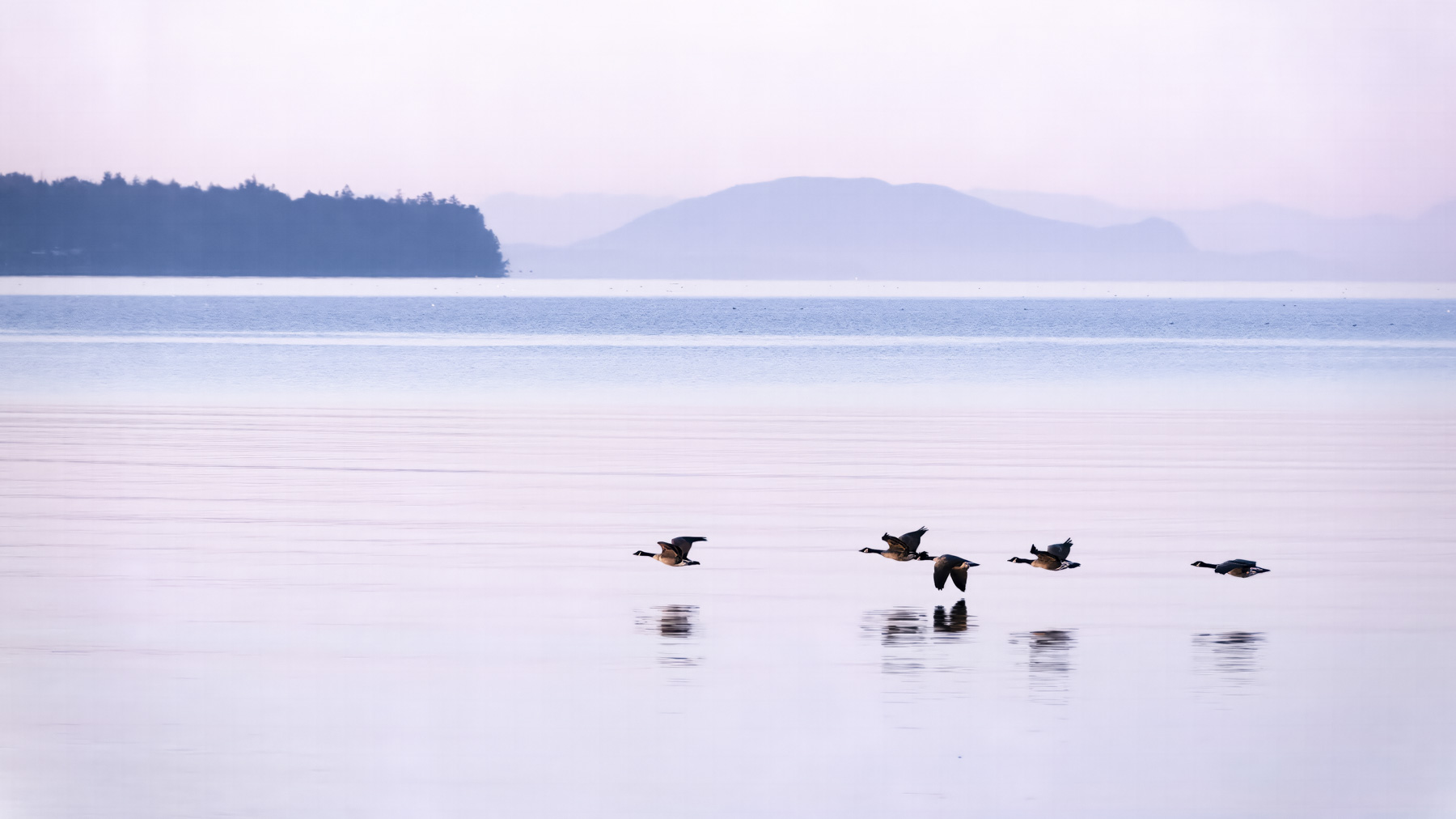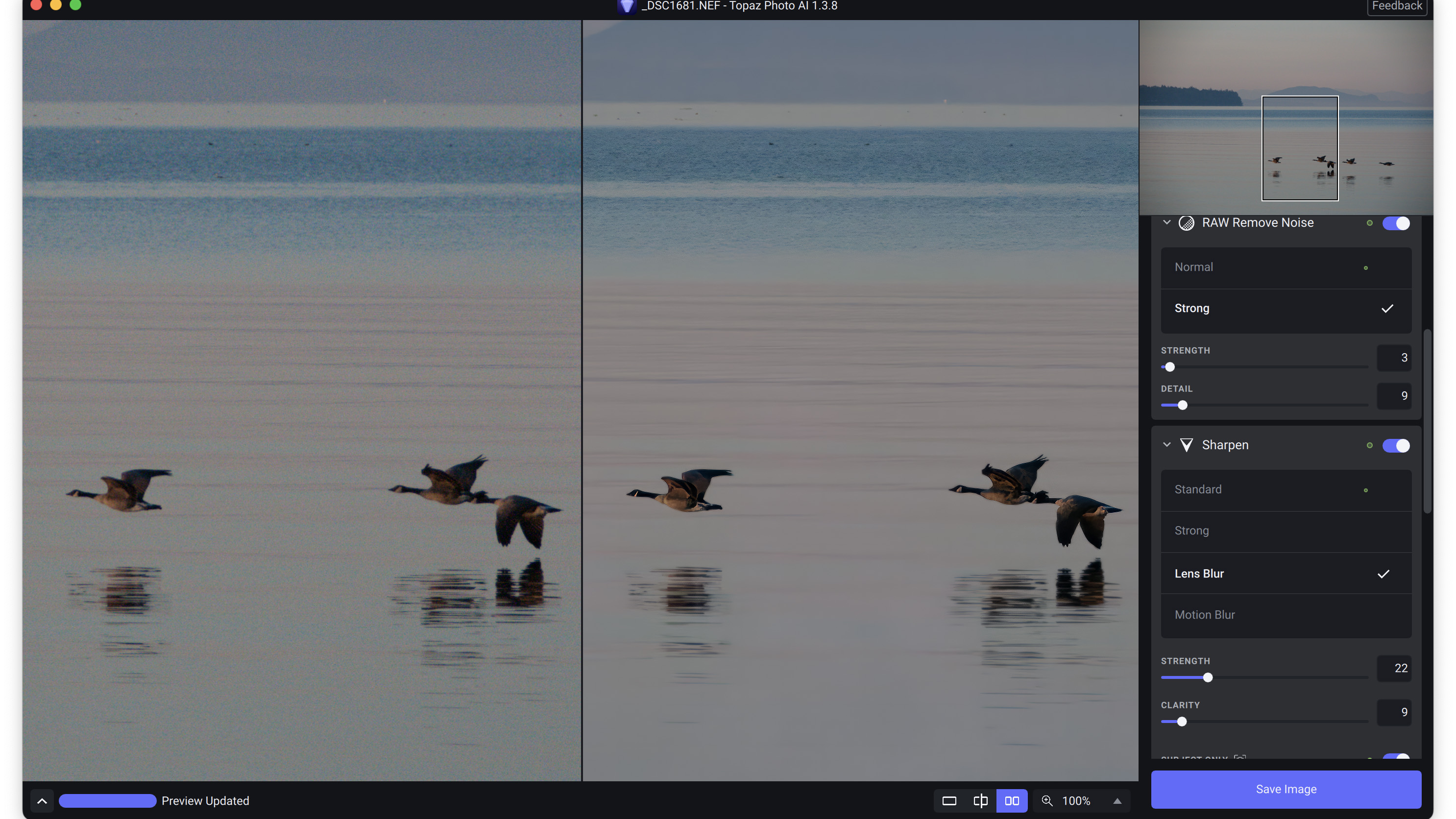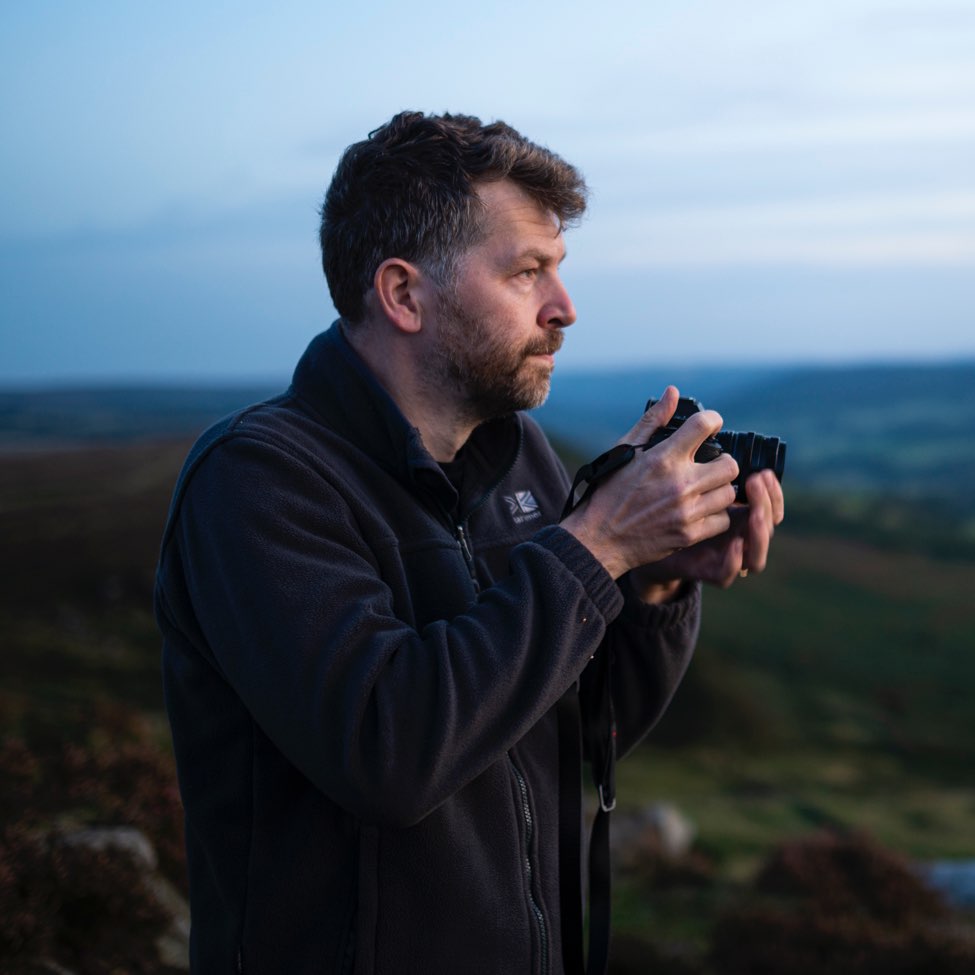Topaz Photo AI makes up for my dated camera gear and photo mistakes
Mind blown – it's like getting a sharper lens and better camera

Going back 12 years, I was shooting almost everything with a 12-million-pixel Nikon D300 and a Nikkor 18-200mm f/3.5-5.6 VR lens. I loved that combination partly because it was all I had at the time; that camera and lens went everywhere with me.
It was a compromise using that camera and lens back then, and looking back at those images in 2023 only compounds those feelings: low light shots suffer from high-sensitivity image noise, and the sharpness and resolution are far from perfect – that lens is so complicated, with so many different optical elements, after all.
Like everything these days, AI is here to help. Recently I've been playing around with some of my images that didn't quite make it using Topaz Photo AI software – one of the best AI tools – and I've been blown away by what it can do.
This isn't software that creates AI images from scratch like the best AI art generators. It analyses your images and identifies subjects you may want to make sharper and more detailed. It can intelligently make the image look as perfect as possible by removing noise, sharpening, reducing blur, and even adding perceived detail to the image where it is lacking.
Like any image editing software, you are in control and need to find the right balance and not go too far to extremes. However, it has helped make images taken on 15-year-old technology look like they should have if I had 'got it right in camera' using a contemporary professional camera and lens. Here are three ways that Topaz Photo AI has revived my old photos.


Intelligent sharpening
One of my favorite photographs is of Canadian geese flying low over the calm water of White Rock, B.C., Canada. I shot it jetlagged, awake at 5 am as the sun rose. The trouble is I had been taking snapshots of sunrise and had set the sensitivity to a hefty ISO 1000. Combine this with the less-than-stellar sharpness of the 18-200mm lens, and it is an image I love but that I have never felt was up to scratch hanging on my wall.
Five minutes in Topaz AI changed that. The slight motion blur has been reduced. Sharpness has been increased with an intelligence above the traditional sharpness settings that other photo editors I have used in the past provide. I have finally been able to get the image I had wanted when I frantically picked up the D300 as I spotted the geese flying in.
Sign up for breaking news, reviews, opinion, top tech deals, and more.

Noise reduction
Noise reduction is where most photographers will benefit from Topaz AI. It intelligently removes noise and has saved several images I shot at ISO 400 and above on my old D300. With a few clicks, the software estimates what it thinks needs to be done, but you can tweak all the settings to your heart's content to find the balance you need.
My image of the Canadian geese also benefited from noise reduction – image noise has been removed, yet in the background, it has kept the small choppy waves that could have easily been confused for image noise. Of course, Adobe is quickly getting on board with AI and intelligent image editing features such as noise reduction, and it will be interesting to see how it integrates and improves over the next few years.

Better focus
When I'm traveling, I'm a point-and-shoot merchant. I leave my lens set to f/8, point the camera and fire the shutter. Usually, this gets me by without having to stress too much about settings, but occasionally I'll have something in the foreground that I want to get sharp.
This happened on a trip to Vancouver. The odd arrangement of gulls in a shallow pool caught my eye as foreground interest, so I casually composed the shot, focusing on the background leaving the gulls slightly too close to be in focus, and the distant buildings of the city are soft due to haze and the fact that the lens is far from the sharpest.
Up steps Topaz AI again, and with a tweak of some sharpening settings and a slight noise reduction, I have perceived detail there that makes those elements that matter to pop with sharpness. At the same time, the noise reduction has taken some of the ISO 400 noise out of the sky.

First impressions
Using Topaz Photo AI, or any other best AI photo enhancers, is no match for good practice and getting it right in camera. Like any other editing software, it is there to help make up for weaknesses in cameras and lenses and the photographer mistakes – we are all human and don't always get it right.
It has got me thinking about returning to the easy days of packing a single travel zoom lens for all my adventures. I'd have one camera, one lens, much less stress and anxiety over what kit I should take, and less time messing around swapping lenses and going in and out of a camera bag when I should be relaxing and taking it all in.
Despite the compromises of my D800 camera and 18-200mm lens, most of those images I took were fit for purpose, and the ones that weren't now are, some 10-15 years later. AI has been able to fill in the gaps and compute what the image should have looked like on these archive images.
Why not use AI as a tool now to make my life a little simpler – isn't that the goal of technology in the first place? Oh, and I'm now going to keep those images that didn't quite make the cut; who knows where the technology will be in another ten years?
The list price of Topaz Photo AI is $199 / although there are often discounts. At the time of writing the software was listed as $159

Richard Sibley is a photographer and writer passionate about travel and landscape photography. With over 15 years of experience writing and reviewing in the photo industry, he was formerly Deputy Editor at Amateur Photographer magazine and has had his words and images published in numerous other magazines and websites. Richard combines his love for photography with a deep interest in technology and gadgets. Beyond his professional pursuits, Richard embraces fatherhood and finds solace in gardening, cold plunges, long walks, and listening to podcasts. He is an aspiring minimalist, though the constant lure of new gadgets significantly challenges this ideal.